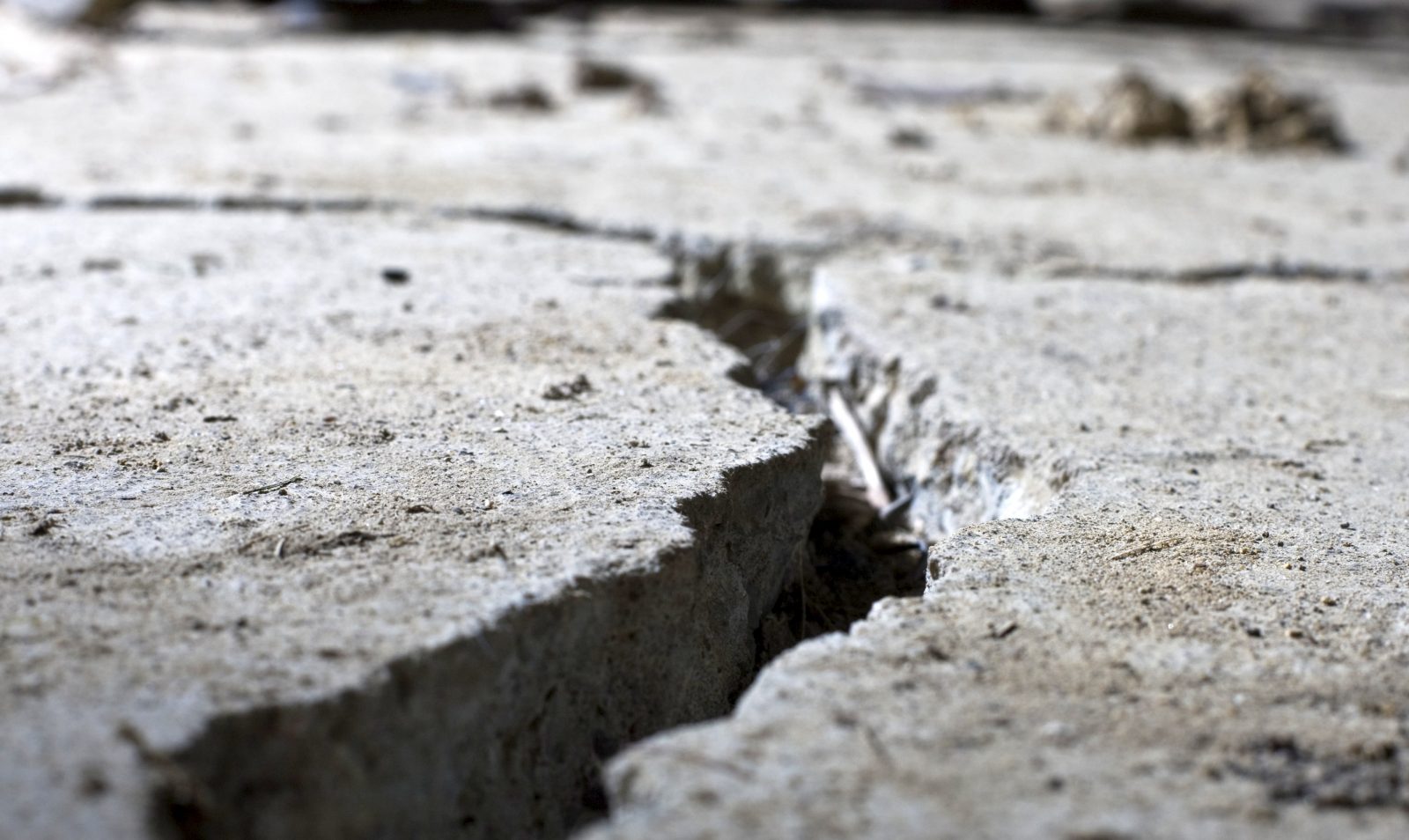Hold on to your butts, Oklahoma: The big one’s a coming.
The state experienced two of its largest earthquakes on record this week, measuring 4.7 and 4.8 on the Richter scale. And, the New York Times reports, this could be a harbinger of things to come. Big things. From the Times:
The two quakes followed a series of smaller ones last week that peeled brick facades, toppled columns and caused a power failure in Edmond, an upscale Oklahoma City suburb. Some experts said those quakes hinted at the possibility of a larger shock.
“I do think there’s a really strong chance that Oklahoma will receive some strong shaking,” said Daniel McNamara, a research geophysicist at the National Earthquake Information Center in Colorado, who has followed the state’s quakes.
Referring to the shocks that occurred Wednesday night, he added, “I’m surprised it didn’t rupture into a larger event.”
Oklahoma has experienced hundreds of small earthquakes in recent years — including 70 in the past week alone — and it’s not because it’s on a hyperactive fault line. Rather, the quakes are thanks to the state’s fracking boom. As we reported last year, “Studies have found that it’s not just the actual drilling and extraction that causes the earthquakes; more often, the routine practice of injecting fracking wastewater into deep disposal wells is to blame. Once the toxic mix of water, sand, and chemicals is underground, it can travel for miles, changing the pressure on fault lines and sometimes triggering earthquakes.”
One might think that the state’s leaders would be concerned enough about this development to actually do something about it, but no. In May 2015, Oklahoma Gov. Mary Fallin signed a bill making it illegal for municipalities to ban fracking locally, and, as the Times reports, “In a state where oil and gas carry immense economic and political clout, Gov. Mary Fallin and the State Legislature have left it to the Oklahoma Corporation Commission, which oversees the industry, to find a solution.”
The solution they’ve come up with is politely asking natural gas producers to stop injecting wastewater into earthquake zones, but industry isn’t listening. The commission has no actual authority over industry, and some producers have ignored the commission’s requests. In Dec., the commission directed Sandridge Energy — a financially strapped natural gas producer — to stop injecting wastewater into well sites, but the company refused, saying the science connecting fracking and earthquakes wasn’t there.
They are wrong: In 2015, the USGS recorded over 900 earthquakes magnitude 3.0 or higher. In 2005, prior to the fracking boom, they recorded … one.



